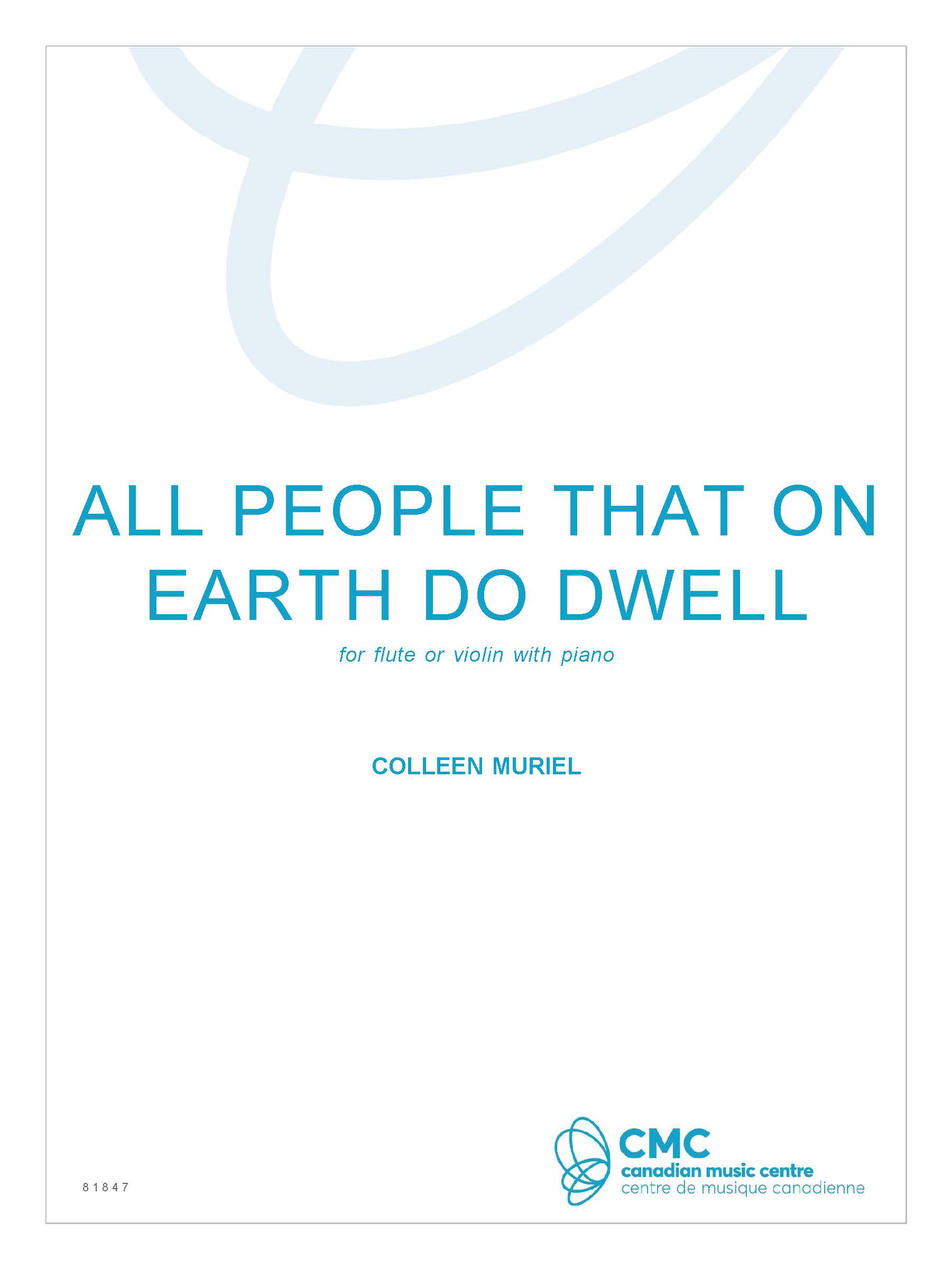About The Music – flute/violin and piano
The melody of All People That on Earth Do Dwell is famously known as the Old 100th (Genevan Psalter, 1551). This arrangement for flute/violin and piano was originally written for voice and piano and is a small part of a much larger work called Invisible (soprano/mezzo-soprano, tenor, piano and piano strings).
I really liked the cluster chords and the ominous feeling of arrangement for voice and piano when compared with the original hymn.
Since I play flute and wanted to use this melody in some of my flute concerts in 2014 I adapted the arrangement for flute and piano. Then in 2024 when I needed a short piece for violin I altered the piece again so it now can be played by violin or flute with piano.
Invisible (the original location of the arrangement for voice and piano) was commissioned by Winifred Hall and is based on a book called ‘The Invisible Wall’ by Harry Bernstein. This book depicts the lives of the Christian and Jewish communities on ‘a street’ – ‘the street’ of a Lancashire Mill Town just before and during WWI.
Invisible was/is an attempt to describe musically the lives of this Jewish/ Christian community in a town on a river with approximately 40 mills, numerous tailor shops, insular lives, strict cultural rules, and prejudices that extend much further than any religious beliefs.
The Christian community lived on one side of the street and the Jewish community on the other. They rarely spoke, or interacted unless there was a reason of necessity.
This was ‘The Invisible Wall’.
The tragic backdrop of WWI sadly and strangely brought the two sides of the street closer together and helped to destroy parts of the invisible wall; at least for a while.
The dissonant cluster chords in the piano are an attempt to depict the personal struggles of the people on the street as well as the emotional and physical terrors of WWI.
In this arrangement the flute/violin floats over the top of these sparse cluster chords creating a unique sound scape.

